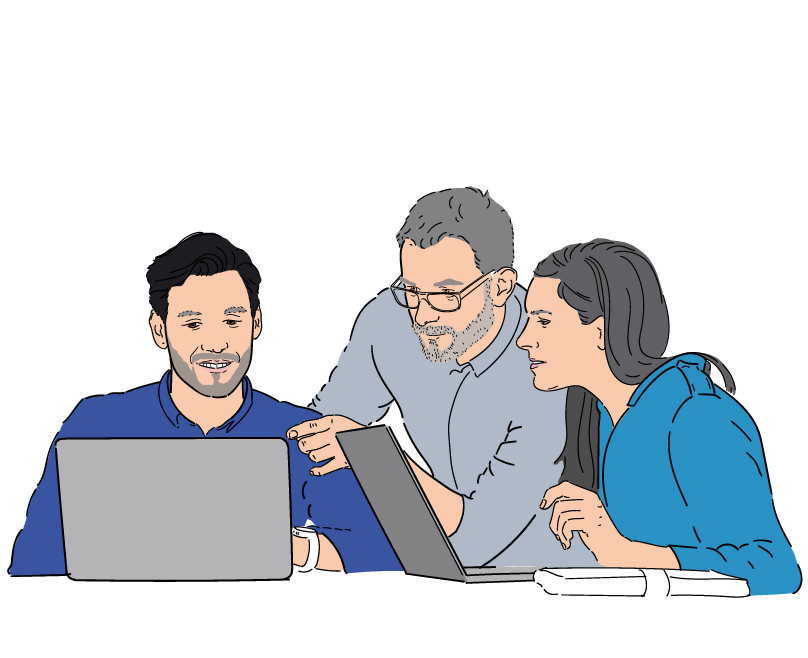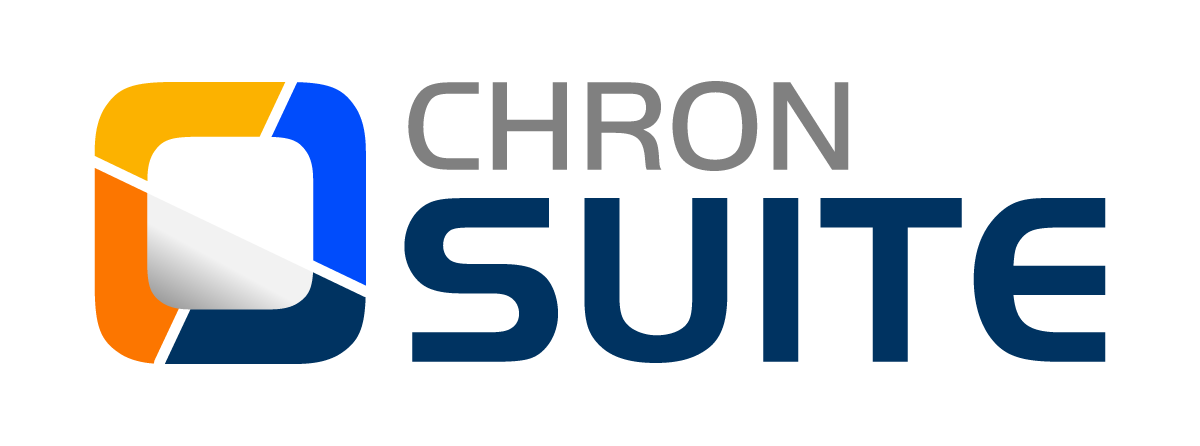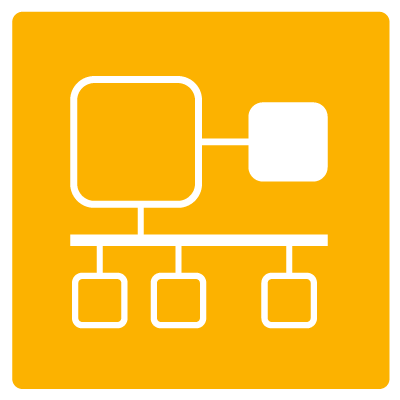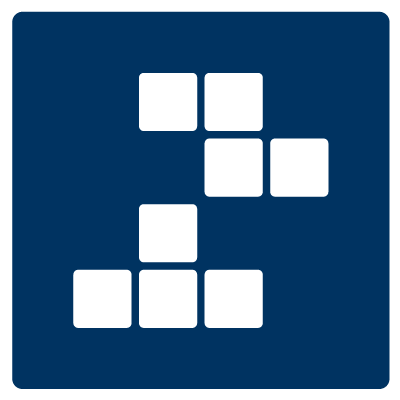RESEARCH PROJECTS
Research has always been a core part of INCHRON’s history. Discover the wide range of projects we’re working on and how they benefit software development in the automotive industry.

INTRODUCTION
The complex challenges faced by today’s embedded software development teams require careful analysis coupled with an understanding of the industry-wide context. This ensures that the resultant solutions are both practical and deployable using industry-standard tools, methodologies, and processes. To achieve this, INCHRON and its development team have participated in a wide range of research projects with many competent research and industry partners across Germany, Europe, and India. Our customers benefit from this participation with the outcomes flowing into new products, features, and improvements in model-based design, leading to an improved understanding and resolution of temporal challenges in complex embedded systems. Current projects will lead to enhancements in our chronSUITE tools, as well as refinements to our approach to system architecture design. Previous projects resulted in new tools, such as chronOPT, and other enhancements to chronSUITE and the methodology INCHRON applies to resolving embedded systems timing challenges.
CeCaS
![BMBF_CMYK_Gef_M [Konvertiert]](https://www.inchron.com/wp-content/uploads/2021/09/BMBF_gefoerdert_2017_en.jpg)
AutoDevSafeOps
![BMBF_CMYK_Gef_M [Konvertiert]](https://www.inchron.com/wp-content/uploads/2021/09/BMBF_gefoerdert_2017_en.jpg)
For more information, please take a look at our AutoDevSafeOps project page.
AD@chronVAL
![BMBF_CMYK_Gef_M [Konvertiert]](https://www.inchron.com/wp-content/uploads/2021/09/BMBF_gefoerdert_2017_en.jpg)
For more information, please take a look at our AD@chronVAL project page.
Panorama
![BMBF_CMYK_Gef_M [Konvertiert]](https://www.inchron.com/wp-content/uploads/2021/09/BMBF_gefoerdert_2017_en.jpg)
For more information, please take a look at our Panorama project page.
CrESt
![BMBF_CMYK_Gef_M [Konvertiert]](https://www.inchron.com/wp-content/uploads/2021/09/BMBF_gefoerdert_2017_en.jpg)
oCPS

AUTOSAFE
![BMBF_CMYK_Gef_M [Konvertiert]](https://www.inchron.com/wp-content/uploads/2021/09/BMBF_gefoerdert_2017_en.jpg)
SPES2020_XT
![BMBF_CMYK_Gef_M [Konvertiert]](https://www.inchron.com/wp-content/uploads/2021/09/BMBF_gefoerdert_2017_en.jpg)
TIMMO2USE
![BMBF_CMYK_Gef_M [Konvertiert]](https://www.inchron.com/wp-content/uploads/2021/09/BMBF_gefoerdert_2017_en.jpg)
Any questions?
Feel free to contact us.





